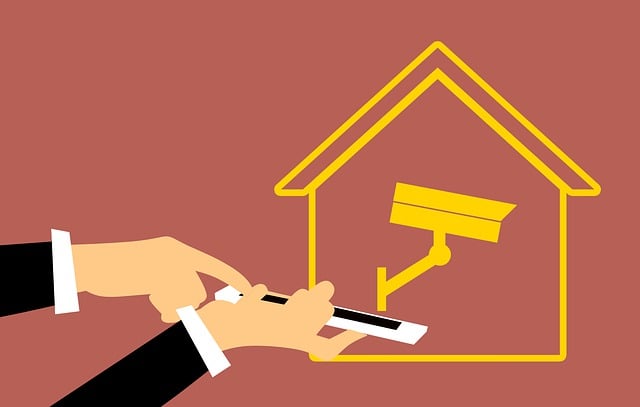Smart home security has significantly advanced, now forming a critical part of modern home automation security protocols. These systems offer robust remote monitoring via smartphones or computers, allowing users to secure their homes from any location. Smart locks and alarms enable remote access control, ensuring only authorized individuals can enter. Integrated smart surveillance with high-definition cameras equipped with motion detection provides comprehensive monitoring, differentiating between normal activity and potential security threats, serving as both deterrents and evidence in case of a breach. The technology is user-friendly, supporting easy setup and operation, making advanced home security accessible to all. These systems are designed to offer both protection against intruders and convenience for homeowners, with machine learning algorithms that proactively monitor for suspicious activities. Smart surveillance cameras with night vision capabilities and cloud storage offer continuous monitoring and real-time alerts. Wireless security systems eliminate the need for traditional wiring, ensuring a clutter-free environment. The synergy between these components allows for quick detection and response to any irregularities, making smart home cameras and automated security solutions indispensable in modern home safety. These systems are not just about locking doors; they're about leveraging the latest technology to ensure the safety of our homes, adapting to new patterns and threats as part of a cohesive network that protects against both physical and cyber risks.
In an age where technology integrates seamlessly into our daily lives, the concept of a secure home environment has evolved beyond traditional locks and alarm systems. The advent of smart home security systems has revolutionized how we safeguard our spaces, offering unprecedented control and peace of mind. This article delves into the transformative impact of home automation security, remote monitoring security, and the latest advancements in smart surveillance, all designed to enhance your home’s safety. From smart locks and alarms to integrated smart home cameras, we explore how these technologies work together to provide robust access control and continuous monitoring capabilities. Additionally, we examine the significant strides in home security technology for 2023, ensuring you are well-informed on selecting the right automated security solutions tailored to your living space. Join us as we navigate the intersection of innovation and security in creating a safer, smarter home environment.
- Enhancing Home Safety with Smart Home Security Systems
- The Role of Home Automation Security in Modern Residences
- Remote Monitoring Security: Keeping an Eye on Your Home from Afar
- Utilizing Smart Locks and Alarms for Robust Access Control
- Implementing Smart Surveillance and Wireless Security Systems for Comprehensive Coverage
Enhancing Home Safety with Smart Home Security Systems
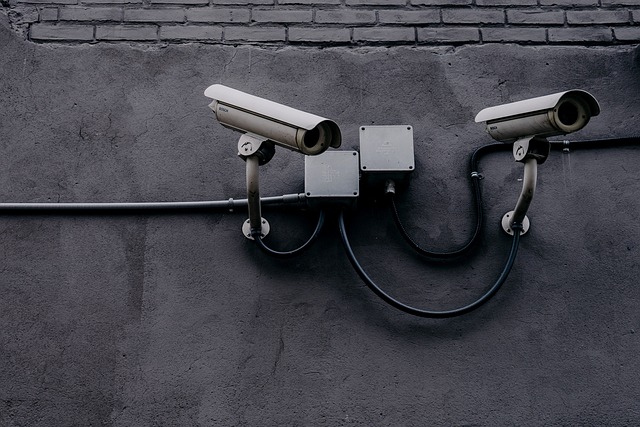
In the realm of modern home safety, smart home security systems stand at the forefront, offering a robust layer of protection that seamlessly integrates with home automation security protocols. These advanced systems enable remote monitoring security through wireless security systems, allowing homeowners to monitor their property from any location via smartphones or computers. Smart locks and alarms provide an additional layer of security by granting or revoking access remotely, ensuring that only authorized individuals can enter your home. Furthermore, the integration of smart surveillance, comprising of home security cameras with motion detection capabilities, ensures that every corner of your residence is under watchful eyes, deterring potential intruders and providing undeniable evidence in case of a breach.
The advent of home security technology has revolutionized the way we think about safety within our homes. With smart surveillance systems, homeowners can keep an eye on their property 24/7, with high-definition cameras that can differentiate between movement and actual threats. Automated security solutions not only alert you to potential risks but also adapt to your daily routines, mimicking occupancy to deter criminals. These systems are designed to be user-friendly, allowing for easy installation and management, ensuring that the benefits of home automation security are accessible to everyone. The integration of these technologies into a unified platform means that your home’s safety is not just an idea of the future but a tangible reality today.
The Role of Home Automation Security in Modern Residences
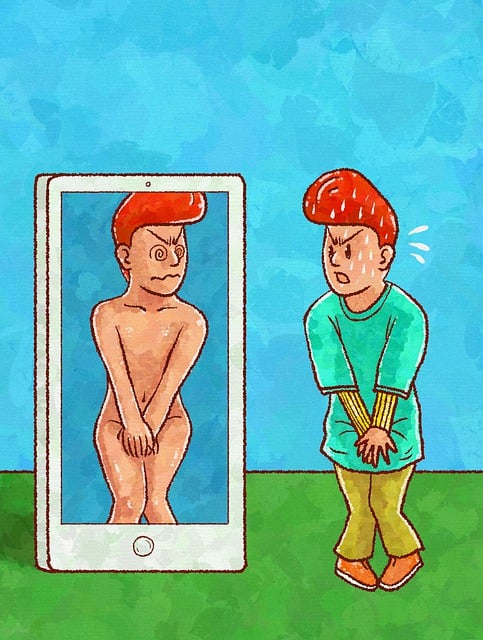
In contemporary residences, smart home security has become synonymous with robust protection and convenience. Home automation security encompasses an array of interconnected devices that not only deter intruders but also provide homeowners with real-time alerts and control over their home environments. Smart security systems utilize advanced algorithms and machine learning to differentiate between normal activities and potential security threats, offering a proactive approach to safeguarding one’s property. These systems can be accessed remotely, allowing users to monitor their homes through smart locks and alarms that can be operated from a smartphone, ensuring peace of mind whether one is at home or away.
The integration of smart surveillance within a home automation security framework is a game-changer. Smart home cameras with high-definition imaging and night vision capabilities allow for continuous monitoring of the premises, storing footage securely in the cloud and sending instant notifications to the homeowner’s device if unusual activity is detected. Wireless security systems are a cornerstone of this setup, providing seamless communication between devices without the need for cumbersome wiring. This interconnectedness means that any anomaly can be quickly identified and addressed, making these automated security solutions a critical component in modern home safety strategies.
Remote Monitoring Security: Keeping an Eye on Your Home from Afar
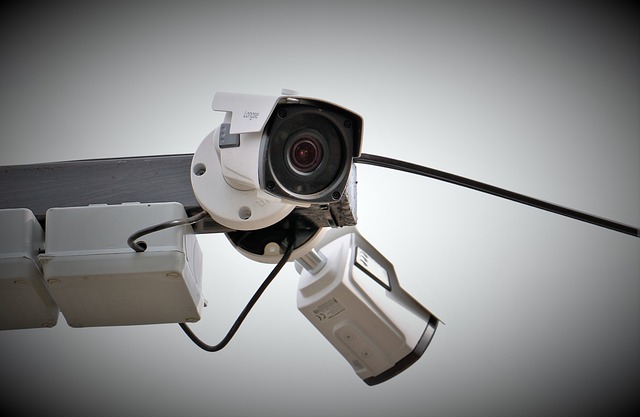
In the realm of modern home safety, smart home security systems have become a cornerstone in safeguarding residences. These advanced systems offer remote monitoring security, allowing homeowners to keep an eye on their property from any location via home automation security interfaces. With the integration of smart locks and alarms, users can control who enters their home and receive real-time alerts about suspicious activities. The benefits of these wireless security systems extend beyond mere lock and key mechanisms; they provide a comprehensive layer of protection that includes smart surveillance through high-definition home security cameras, which not only deter intruders but also capture clear footage for later review. These automated security solutions are designed to learn and adapt to the user’s habits, ensuring that their home remains a safe haven even when they are miles away.
The advent of smart home cameras has revolutionized the way we think about surveillance within our homes. These devices offer sharp visuals, motion detection, and the capability to stream live footage directly to your mobile device or computer. This level of vigilance doesn’t just provide peace of mind; it serves as a powerful deterrent against theft or vandalism. Homeowners can rest assured that their most cherished possessions are protected by cutting-edge technology that not only records but also analyzes data to identify patterns and potential threats. The seamless integration of these security elements into a unified platform represents the pinnacle of home automation security, ensuring that your home stays secure in an increasingly interconnected world.
Utilizing Smart Locks and Alarms for Robust Access Control
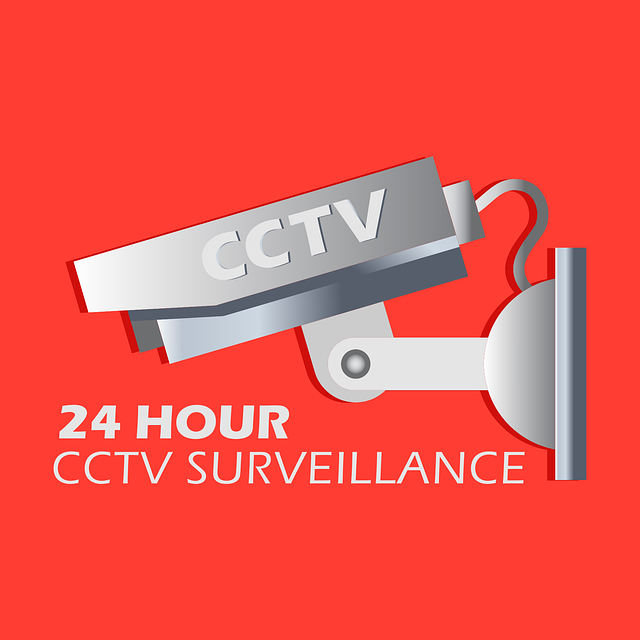
In the realm of home safety, smart home security has become synonymous with comprehensive access control through the integration of smart locks and alarms. These systems represent a significant advancement in home automation security, allowing residents to remotely monitor and control who enters their homes via wireless security systems. With just a tap on a smartphone, users can grant or deny entry, receive real-time notifications, and review access histories, ensuring that only authorized individuals have access to sensitive areas. This level of remote monitoring security is not limited to physical entries; it extends to smart surveillance, where home security technology enables the monitoring of live video feeds from smart home cameras, providing a vigilant eye against potential intruders at all times.
Furthermore, the evolution of smart security systems has led to automated security solutions that transcend traditional alarm systems. These sophisticated systems not only detect unauthorized attempts to enter but also differentiate between family members and strangers, reducing false alarms and enhancing responsiveness. The integration of these systems into a cohesive home automation framework allows for seamless interaction with other smart devices, creating a fortified security ecosystem that safeguards against both physical and cyber threats. Homeowners are thus empowered to maintain control over their property’s security, even when they are away, making smart locks and alarms an indispensable component of modern home safety strategies.
Implementing Smart Surveillance and Wireless Security Systems for Comprehensive Coverage
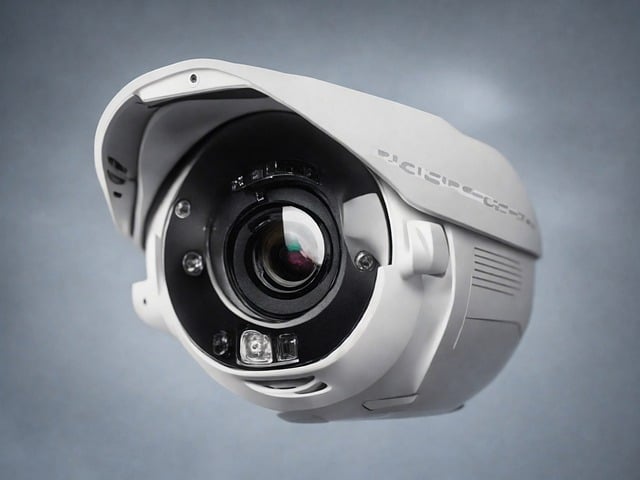
In the realm of modern home safety, smart home security has become synonymous with robust protection and peace of mind. Homeowners are increasingly integrating smart security systems into their daily lives, leveraging home automation security to create a comprehensive defense against intruders. These advanced systems not only alert homeowners to potential breaches but also allow for remote monitoring security through smartphones or other devices, enabling real-time surveillance and control from virtually any location. Smart locks and alarms serve as the first line of defense, ensuring that unauthorized access is thwarted with ease, while smart surveillance cameras provide continuous monitoring, capturing high-definition footage that can be accessed on-demand.
The advent of wireless security systems has revolutionized the way we think about home safety. These solutions are not only flexible and scalable but also offer seamless integration with other smart home devices. With wireless capabilities, smart home cameras can cover blind spots and gaps in coverage, providing a network of eyes that never sleep. Automated security solutions take it a step further by learning patterns and behaviors, adjusting to provide the most effective monitoring possible. This adaptive approach ensures that your home is not just secure, but also responsive to new threats, making smart home technology an indispensable tool in the ongoing effort to safeguard our living spaces.
In conclusion, the integration of smart home security and home automation security has significantly elevated the protective measures available to modern residences. With advanced remote monitoring security systems, homeowners can now maintain a vigilant watch over their homes from any location, ensuring peace of mind. The deployment of smart locks and alarms, coupled with sophisticated smart surveillance systems, provides comprehensive coverage that is both responsive and adaptable. Leveraging the latest in home security technology, including wireless security systems and smart home cameras, represents a leap forward in automated security solutions. These innovations not only safeguard homes but also enhance daily living by offering convenience, efficiency, and control at the fingertips of residents. As this article has illustrated, the future of home safety is not just about preventing intrusions but also about creating a secure and intelligent living environment that adapts to the evolving needs of its occupants.
